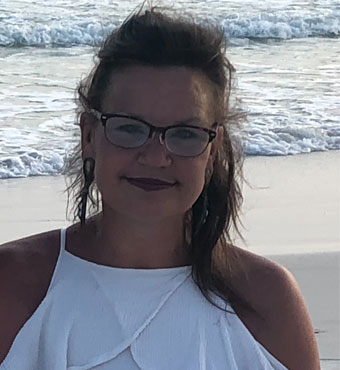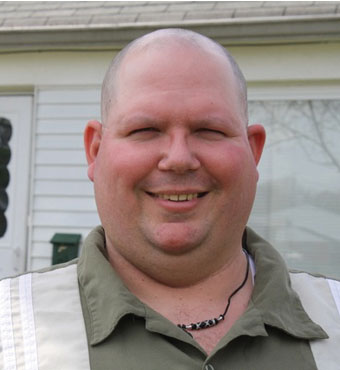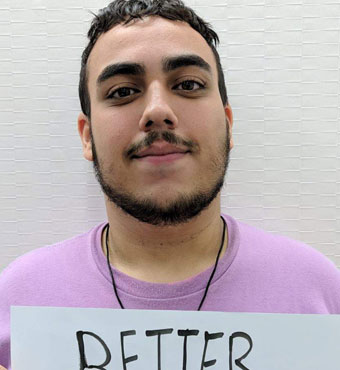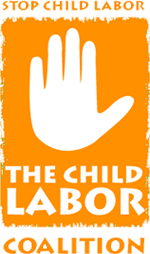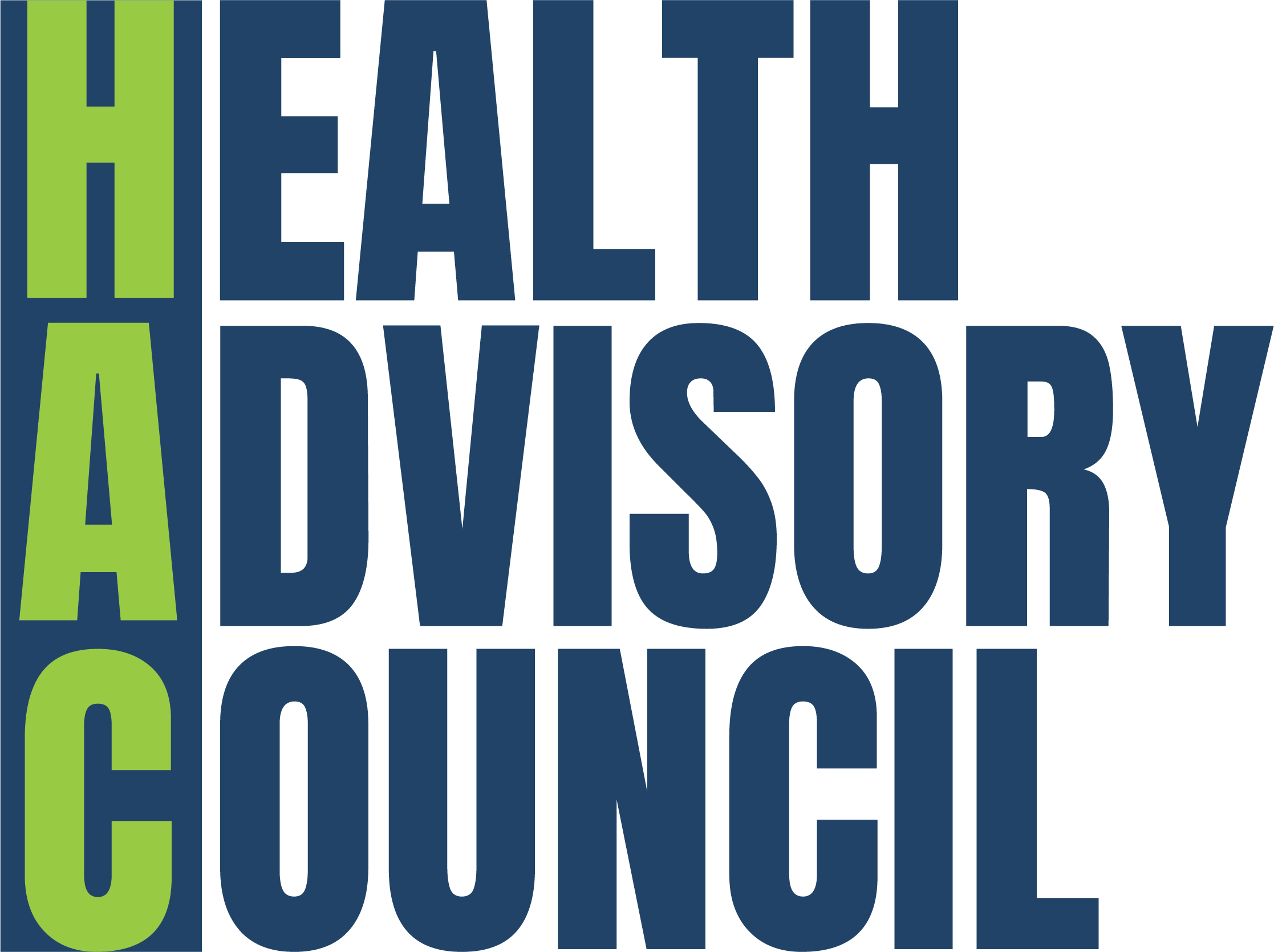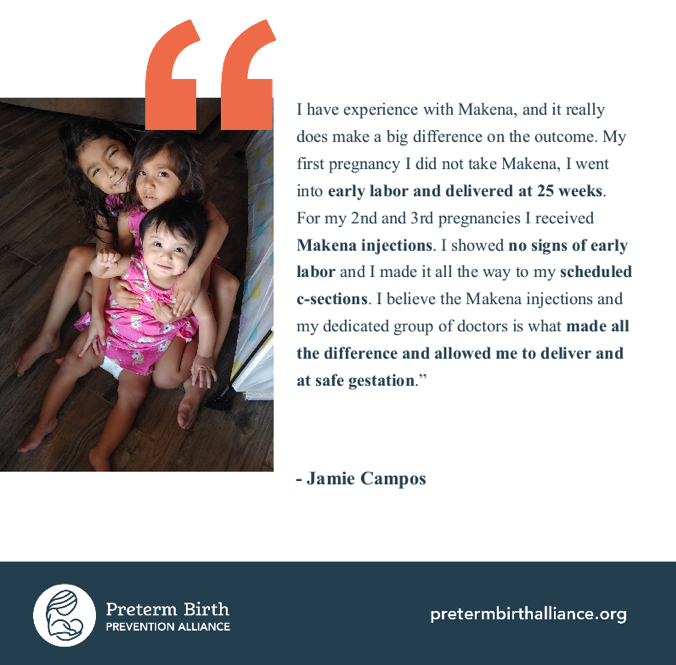New Brandeis intern excited to join NCL team – National Consumers League
By Rebecca Groner, Brandeis Intern
Rebecca Groner just completed her sophomore year at Brandeis University. She is studying Health: Science, Society & Policy, and will receive minors in Social Justice & Social Policy and Business. Groner has studied a variety of topics to support hands-on approaches to policy change, and her main interests lie in public health and health policy.
When I’m not learning about the American health care system or studying Spanish to prepare for my semester abroad in Chile, I am performing with my improv comedy troupe at Brandeis. I also spend time volunteering with service projects in the Boston area. Every week, I volunteer at a soup kitchen near Brandeis and provide peer counseling for Brandeis students. I am looking forward to honing the skills I have learned from the stage, classroom, and counseling office and applying them to advocate for American consumers.
I learned about the National Consumers League while exploring social justice advocacy organizations with internship opportunities. My interest piqued as I read about the NCL programs implemented to tackle issues of food safety and healthy food access in Washington, DC and beyond. As a Health undergrad, I am interested in working on healthy food initiatives and raising patient awareness about insurance and medications. I am excited to learn more about and work on each of the issues NCL works on to protect consumers. Last summer, I volunteered in 10 different cities across America, from Los Angeles to Louisville, and learned about a variety of consumer and worker’s issues. I plan to utilize the knowledge and experience I have gained from these service opportunities during my internship at NCL. In high school, I became passionate about fighting for worker’s rights and volunteered with a local organization in Chicago to advocate for living wages for hotel employees. I hope to revive my passion for workplace advocacy and join NCL’s fight for worker’s rights.
NCL has done great work to improve the food environment in American communities. NCL’s survey on corner stores in the D.C. area was interesting for me to read because I have surveyed corner stores in Baltimore, MD, Watertown, MA and Westchester, NY. I became passionate about healthy food availability while taking a summer course on public health and nutrition at Johns Hopkins University. During the course, the professor took the class to a food desert in Baltimore to make food maps, in which we surveyed the area’s food options. We also took note of the types of food offered at the dozens of corner stores, searching for food with nutritional value. It was difficult to find fresh produce in the corner stores, and I found the same issues while surveying the food options in downtown Watertown. To combat the lack of fresh food availability in this neighborhood and in other parts of Boston, I worked with a diverse team of students at the Brandeis University Heller School for Social Policy and Management, to form the business model for an affordable home-delivery meal kit service designed to promote balanced, easy-to-make meals. This service shares a similar mission to NCL: empowering American consumers and guiding families toward making healthy and smart choices. NCL’s survey report demonstrates that healthy food programs and policies are essential for improving the health of residents in low-income communities and promoting social and economic justice.
I was inspired by the plans of action outlined in “Wasted: Solutions to the American Food Waste Problem” while working on a paper about food waste and food recycling efforts. In addition to this report, the information NCL provides about food safety was helpful to my research on what is being done and can be done to prevent food waste. I support NCL’s work to engage and motivate consumers to reduce their food waste and shift their attitude toward the value of food. I firmly believe that the U.S. should work on NCL’s goal: reduce food waste by 20-25 percent in the next ten years.
I am incredibly excited to join the NCL team and to be a part of the Brandeis World of Work Social Justice Fellowship this summer. This unique opportunity bridges my academic pursuits with my passion for pursuing social justice and provides me with the experience of working at an influential non-profit organization. I’m looking forward to attending events with the NCL team to learn more about the process of policy-making and creating awareness about consumer issues. NCL realizes my vision for a better, healthier, and safer America and takes action. I am thankful to be a part of the processes that the NCL takes to make change and improve the lives of consumers.






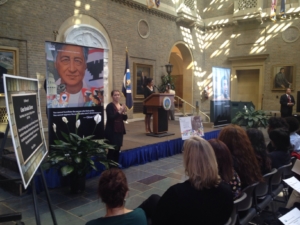 Today, in Washington, the Secretary of Agriculture Tom Vilsack and the U.S. Department of Agriculture honored the legacy of César by naming the department’s primary interior courtyard after him. César’s daughter, granddaughter, and son-in-law spoke in a public ceremony about the unfinished work that remains, including the deportation of hundreds of thousands of farmworkers, the lack of immigration reform, the worsening conditions for many rural workers and the need to advance rural cooperatives accessible to Latino workers.
Today, in Washington, the Secretary of Agriculture Tom Vilsack and the U.S. Department of Agriculture honored the legacy of César by naming the department’s primary interior courtyard after him. César’s daughter, granddaughter, and son-in-law spoke in a public ceremony about the unfinished work that remains, including the deportation of hundreds of thousands of farmworkers, the lack of immigration reform, the worsening conditions for many rural workers and the need to advance rural cooperatives accessible to Latino workers.
